
There are many recipes for the herb blend of Za’atar and many names for it from Zatar, Zahtar, to Sa’atar and Satira depending upon what country you are in. The confusion really begins when the plant known as za’atar is added to the formula. The nomenclature as well as the type of plant varies depending if you are in one of the Mediterranean countries, Israel, Egypt, Lebanon or North Africa. It is generally agreed upon by scholars and cooks that Origanum syriacum is the true za’atar herb of choice. Other herbs that have been called za’atar are hyssop (as referred to in the Bible and the Talmud); a species of savory (Satureja thymbra); Thymbra, the genus of tender, thyme-like plants (Thymbra spicata, T. capitatus). All of these plants have the same thing in common—the chemical constituent carvacrol—which is what gives the “oregano” aroma, flavor and bite to the tongue.
Some blends use all thyme or all oregano while some combine the two. Origanum syriacum, the preferred za’atar herb can be ordered from a few select growers in the U.S., or propagate cuttings if you grow it or know someone who does, or import it from overseas from the region around the Mediterranean area to Israel. Origanum maru, which has incorrectly been used as a synonym for O. syriacum, is a hybrid thereof and is also available for sale here from a number of sources.
This past weekend I attended the Plant Literacy Festival at the U.S. Botanic Garden, where I, along with staff members and herbalgalpals Laura Anthony and Holly Shimizu, prepared the herb blend za’atar, mixed it with olive oil and spread it on flatbreads for visitors to taste. According to the three boxes of toothpicks that I brought for samples (which we ran out of), at 250 per box, we gave out over 750 tastes! A few hundred people actually stopped at our demo table and used toasted sesame seed, thyme, oregano, marjoram, sumac and sea salt to create their own blend to take home. I brought five of my mortars and pestles so they could crush the salt and bruise the seeds and everyone had a noisy time! It was a glorious Indian Summer sort of day with blue skies and sunshine and the gardens are peaking—they have filled out and are lush. If you haven’t been go see the Thrive from the Ground Up! exhibit before cold weather sets in! My favorites, besides the hanging wall gardens, are the herb and spice blends from around the world—and yes, there is a Za’atar Garden featuring all of the plants that are called by this name.
I am writing from the Ozark Folk Center in Mountain View, Arkansas, where we are getting ready for the annual Herb Harvest Fall Festival. This year’s theme is Greece and Turkey featuring the plants from these countries, along with food, dance and much more. We will start tomorrow with a reception of tasty, homemade Meze prepared by the Ozark Unit of the HSA followed by a Sumptuous Herbal Supper at the Skillet Restaurant, and then Greek dancing! Friday and Saturday, October 1 and 2, we will have two days of wonderful programs. Dr. Jim Simon from Rutgers will be speaking on basil and oregano and za’atar.
I have carried herbal cuttings from the USBG to pass around for all to observe as well as for the gardeners, Tina Marie Wilcox and Kathleen Connole, to make root cuttings for the Heritage Herb Garden here. The gardens are spectacular here—their kitchen garden might be the best ever this year (I’ve been coming here for 15 years!). The basil plants are up to my shoulders and the rosemarys are huge shrubs, the chiles are hanging heavy on the vine and there is a Magenta Spreen lambsquarters that is over 8-feet tall! After Jim’s program on za’atar, we will have a make-and-take your own blend, before eating it for lunch with Greek Salad and Fasoliki Gigantes. The Ozarks are as great a place to see fall color as New England; it is just a better kept secret. For more info see www.ozarkfolkcenter.com. We are spreading the herbs literally—and figuratively—on flatbread and pitas! Check out the recipe and use your newly dried herbs to make it: Za’atar: An Exotic Herb Blend.



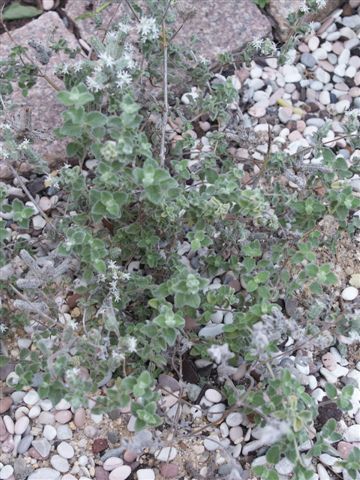
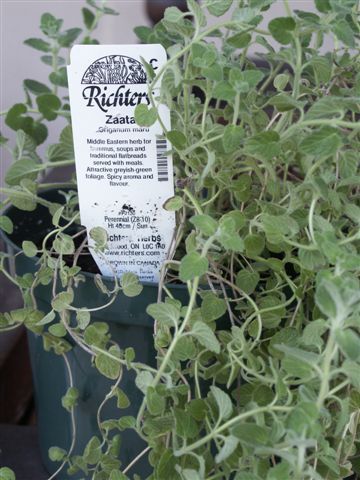
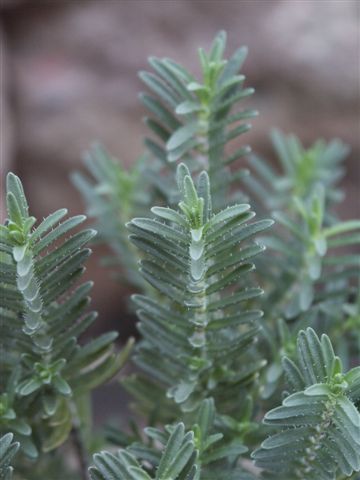

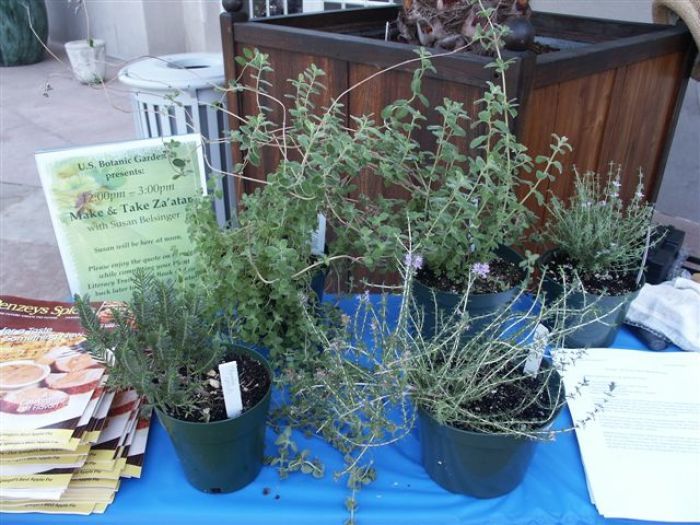
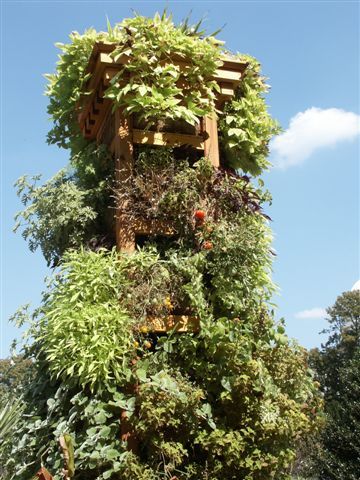
















Comments
Log in or create an account to post a comment.
Sign up Log in